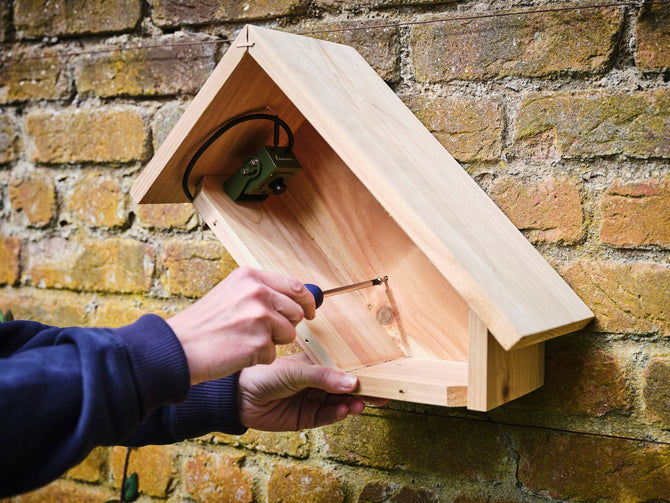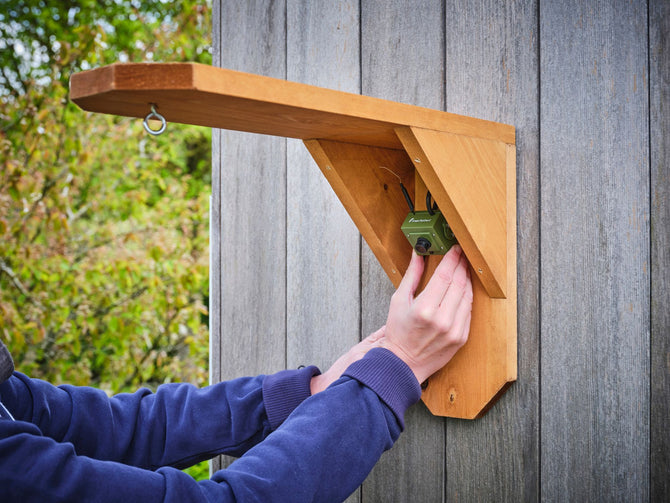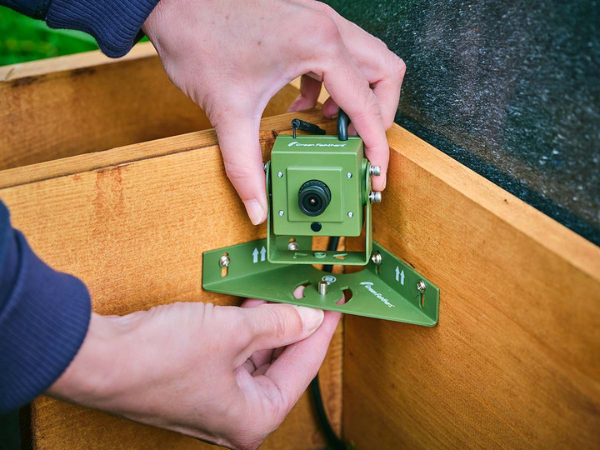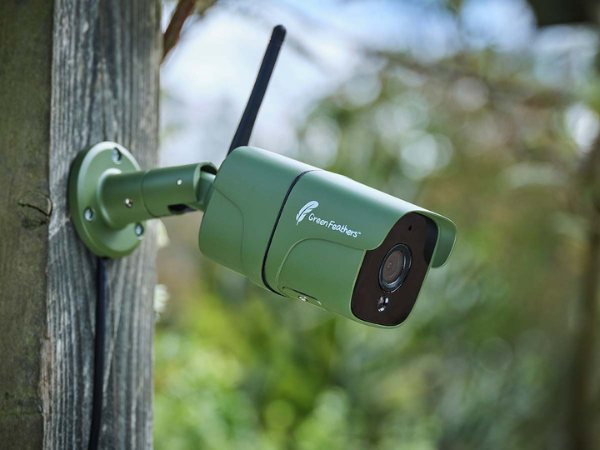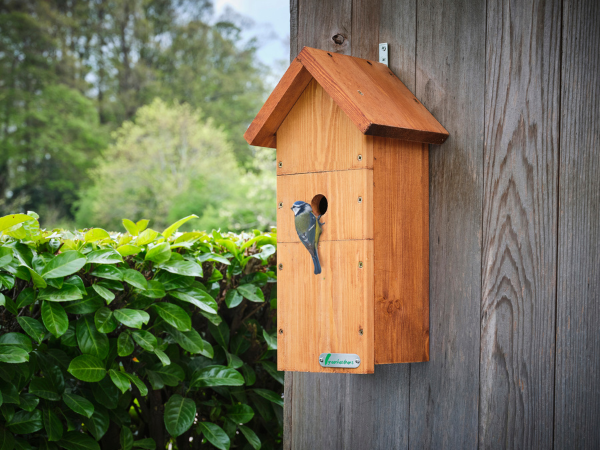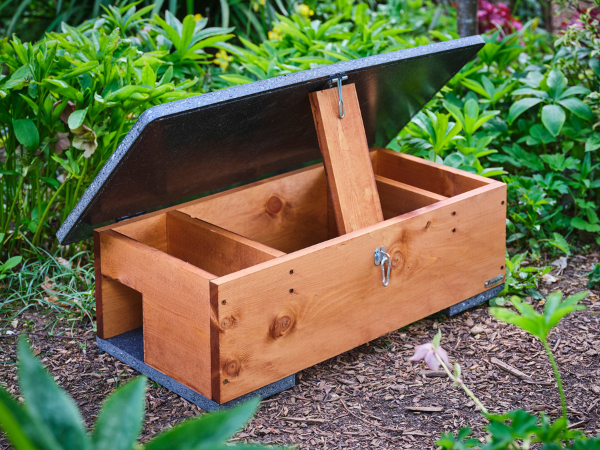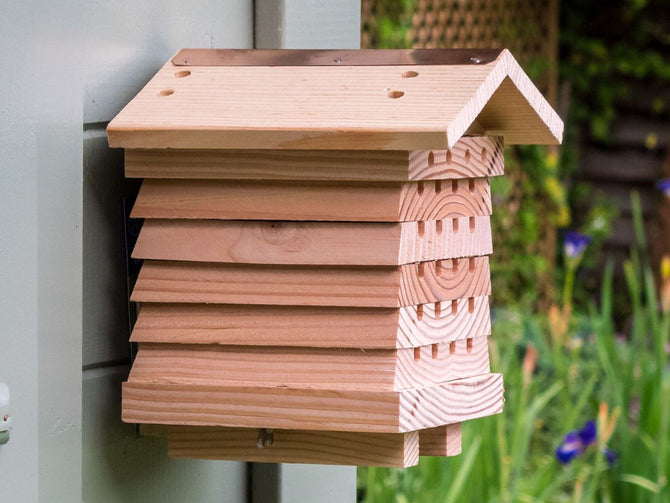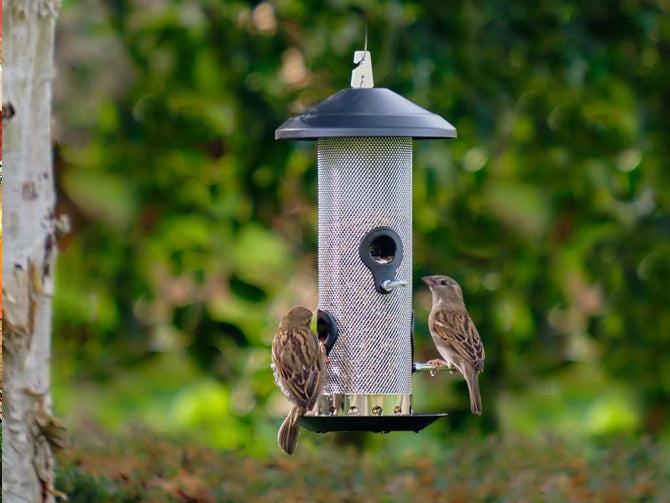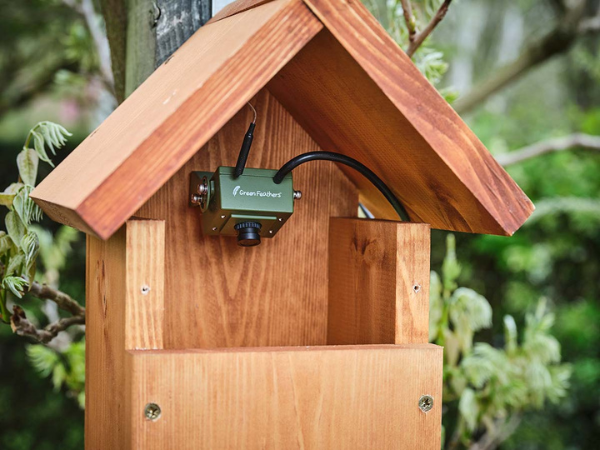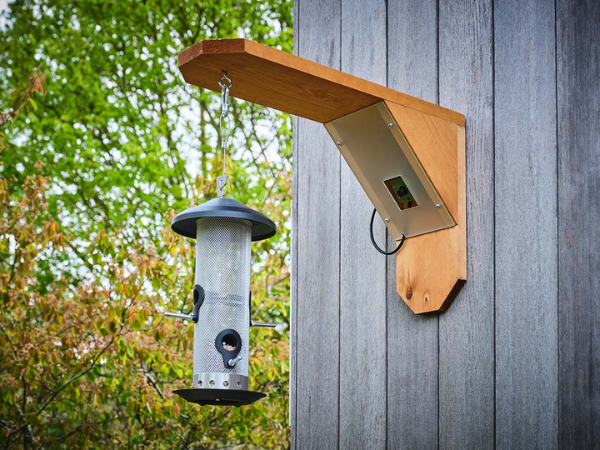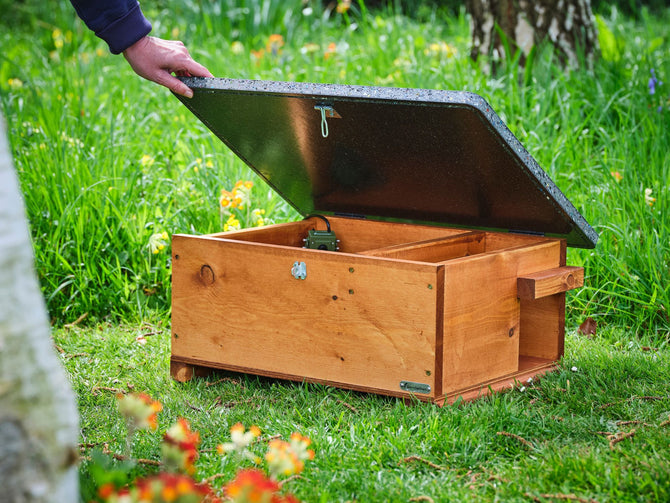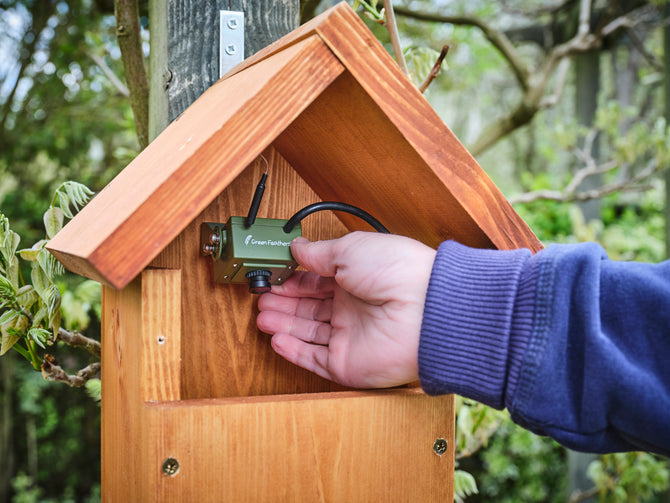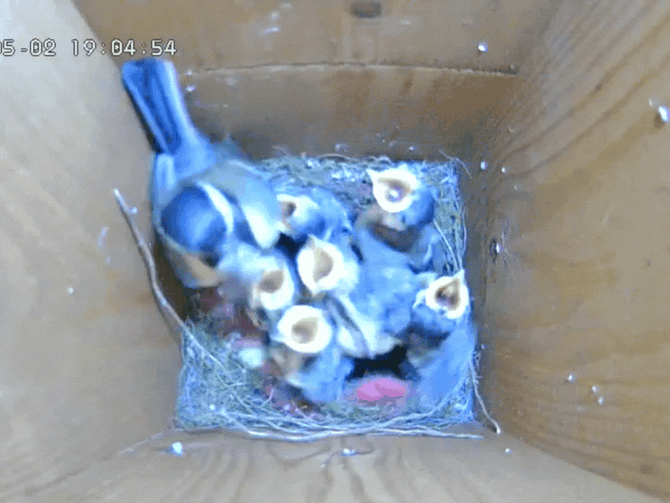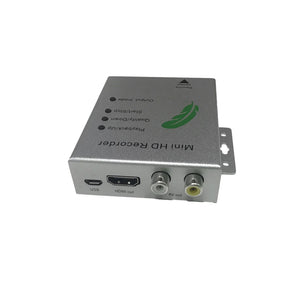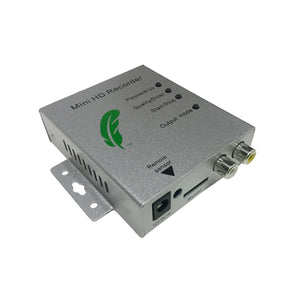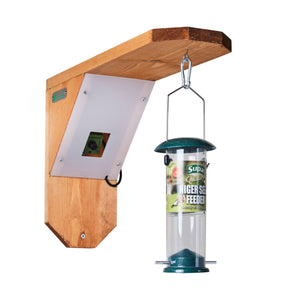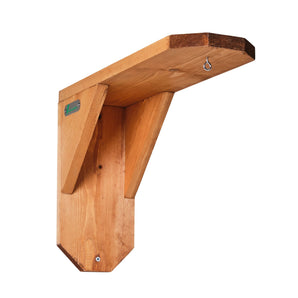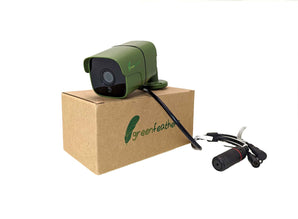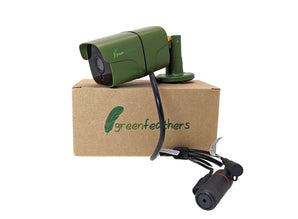
There's no doubt about it, there are few things in this world more enjoyable than watching wildlife in your own garden. Whether you're a teacher relaxing at the weekend with a bunch of kids - or just an entomology fan - everyone loves to watch the animals that live around them, from cheeky squirrels to industrious ants.
Best Ways To Watch Garden Wildlife
1. Install A Bird Box Camera

Some people will be very conscious of disturbing wildlife when watching it in their gardens, Bird Box cameras are by far the best way as it allows the viewer to connect to their phone, tablet or tv to get a close-up view of the wildlife without disrupting or scaring it.
Check out our range of cameras using the link below:
https://www.green-feathers.co.uk/collections/bird-box-cameras
2. Get Creative
There's countless ways you can watch nature go about their day without disturbing them, from using a piece of bark as an impromptu hide - to following animals at feeding time. Here's some ideas to get you started:
-
Build a hide
One of the easiest ways to watch wildlife without it knowing is by building your own camouflaged hide in a bush or tree . It doesn't even need to be sturdy; the purpose of a hide is usually just for keeping yourself out of sight rather than keeping things out. Once you're in your new post, make sure you keep still and quiet while watching through some binoculars or a camera with a long lens . This may not work for larger species like deer, but there are plenty of smaller mammals that will happily carry on regardless.
-
Litter trays and pie dishes
One of my favourite ways of watching wildlife is by leaving out food that's specifically designed not to disturb the animals . You notice that birds tend to eat on the ground, while foxes prefer to take their prey up a tree? Litter trays on saucers are great for putting out food close to eye level, where you might be lucky enough to spot squirrels. Pie dishes can also work just as well, but remember to snap a picture before the animals get a chance to eat everything.
-
Plant pots and old house bricks
Planting your garden with large earthy-looking boulders that animals can hide in is another way of being able to keep an eye on wildlife without moving too much. If you have young children who love looking at creepy crawlies, put some pot plants down with large fungi growing from the top - they'll have no idea there's a toad or woodlouse hiding behind the flowers.
3. Staying still and quiet
This may seem like an obvious one, but I've seen many people try and follow wildlife around with their full footprints in tow. If you want to get close to something without it knowing, you need to do all you can not to disturb them. Just being aware of how much noise your feet are making is a good start - if they hear you coming then the best case scenario is that they'll just move somewhere else.
You could also try going barefoot , or even just shuffle along slowly with a stick. I know it's difficult when there's so much energy built up inside you from running around all day but the more patient you are, the more rewards you'll reap when you finally get to see that fox or deer up close.
4. Get down on their level

If getting in close is still a struggle, then try and look for animals which are naturally smaller and easier to move around without disrupting them . Most birdwatchers will tell you that the easiest way to find birds in your garden is by making sure they can't hide; find an open patch of ground where even sparrows stand out from a hundred yards away, then just sit still and wait for them to come to you . Smaller mammals may be harder to spot further away, but putting some food near a burrow should bring them out no problem.
5. Lying on the ground and peering through a hole in a sheet.

Unfortunately, one of the best ways to spot wildlife is also one of the worst for actually seeing it. This 'binocular sheet' method may sound ridiculous, but it works so well because most animals take no notice whatsoever of what's going on under their feet. Even many birds have extremely poor eyesight directly below themselves, meaning they'll only take flight if you're standing right in front of them, or disturbing the ground. Of course, this isn't always ideal - especially if you want to watch the wildlife as opposed to simply glimpse it.
In those cases, there's a few things you can do to make watching garden wildlife easier without disturbing the animals concerned:
-
Wait for bad weather
It may seem intuitive, but an overcast day is perfect for watching wild creatures come out and about because there's no harsh sunlight to dazzle their eyes or disturb their movements. You might have noticed that many nature documentaries show animals during rain storms; that's because it gives you lots of time to keep your eye on the animal while still keeping out of sight yourself.
-
Watch the sun
If you are without overcast weather, try to pick a time of day when the sun is moving around. You may have noticed that early morning and late afternoon are popular times for nocturnal animals to be active, because they're in between the harsh daylight and darkness.
-
Move your position
It's much easier for animals to ignore something that's not right in front of them, so if you're still struggling then take up a different vantage point. Some animals are less likely to give way when their food source is involved; squirrels are much more aggressive during feeding time , but ants will always pack up their nest overnight .
Remember, patience is key!
The best thing you can do when you're in a hide and waiting for something to move is avoid looking at your watch every five minutes. The reason we want to see garden wildlife in the first place is because they live their own lives, which rarely fit into our timetables. You could even get really creative and make some seats or tables out of logs , then take up residence in your garden all year round!

